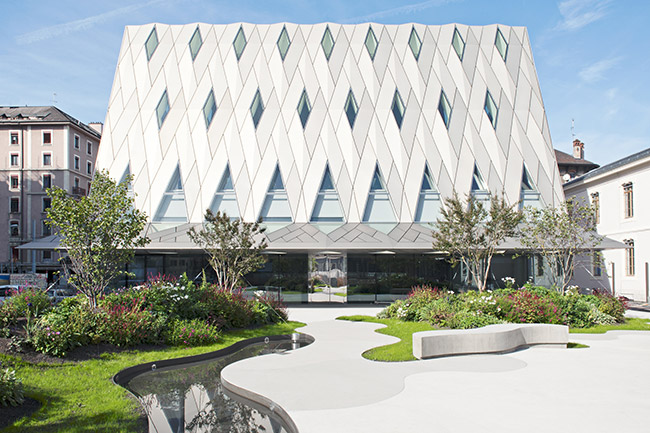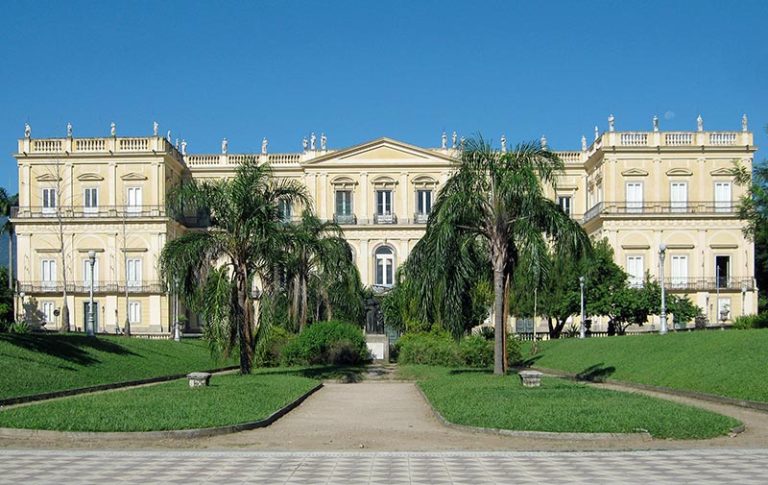The Geneva Museum of Ethnography (MEG) has assessed its carbon footprint for the year 2022 and made it public in a press release. Its activities generated 891 tonnes of CO2, the equivalent of the emissions of seventy inhabitants of Geneva over one year. The museum plans to continue its commitment to sustainability, setting a goal of reducing its greenhouse gas emissions by 85% by 2030 and achieving carbon neutrality by 2050.
Of the 891 tonnes of CO2 emitted, 59% comes from the arrival of visitors and customers to the museum and its café, numbering 100,000 per year. 15.4% is emitted by energy consumption, mainly electricity. 11.4% comes from purchases and food, half corresponding to food purchased for the MEG café, while 11% comes from “fixed assets”that is to say buildings.
Following these results, the MEG has developed an action plan to reduce its carbon footprint in the short and medium term. The museum intends in particular to reduce motorized journeys for visitors and staff, increase the restaurant’s vegan offerings, encourage the reuse of materials and favor the work of locals. He also plans to appoint an energy referent within the museum, who will supervise the implementation of these measures.
Founded in 1901, the MEG houses an ethnographic collection of more than 75,000 objects and a library containing more than 70,000 documents on the peoples of the world. It covers a total surface area of 7,000 m². Since 2014, the museum has been housed in a new building, designed by the Zurich architectural firm Graver Pulver Architekten on the location of the old site. Its construction meets the objective of the City of Geneva to be “100% renewable in 2050”, since the building is 75% covered by renewable energies. Its heat needs are provided by a central boiler room comprising three air/water heat pumps, supplemented by a gas boiler.
To compare, “a large French museum emits, on average, around 9,000 tonnes of CO2 per year, or the annual footprint of 800 French people” according to calculations by the Les Augures collective, which has been supporting actors in the cultural sector in their ecological transition since 2020. For example, the Palais de Tokyo (Paris), which welcomes more than 700,000 visitors per year, emitted 7,200 tonnes of CO2 in 2021.







